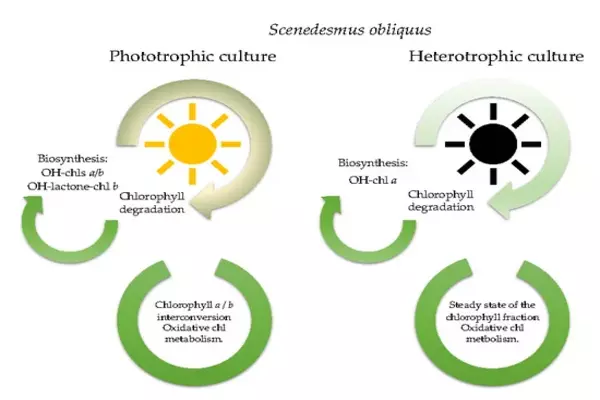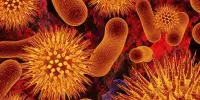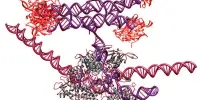Chlorophyll, the green molecule that makes photosynthesis possible, may provide underappreciated dietary benefits, offering up yet one more reason to eat those leafy green vegetables.
Lisa Landino, a professor in William & Mary’s Department of Chemistry, suspects that chlorophyll may have an important role in the body’s antioxidant process. She makes her case in the paper “Photo-oxidation and photoreduction of catechols by chlorophyll metabolites and methylene blue,” recently published in the journal Chemical Research in Toxicology. Her co-authors are all William & Mary undergraduates: Zachary T. Shuckrow ’22, Alexander S. Mooney ’22, Clare O. Lauderback ’22, and Kristen E. Lorenzi ’23.
Landino is a biochemist and much of her research has focused on the chemistry of antioxidants. She says that most people are aware of antioxidants, even if they’re not sure about the chemistry that goes on at the molecular level in their bodies.
You breathe in oxygen, and in the process, your body produces a bunch of reactive intermediates—reactive oxygen species. They can cause a host of damage. Oxidative stress is linked to like a hundred different diseases: Alzheimer’s or Parkinson’s or just knee joint problems and arthritis.
Lisa Landino
“You breathe in oxygen, and in the process, your body produces a bunch of reactive intermediates—reactive oxygen species,” she said. “They can cause a host of damage. Oxidative stress is linked to like a hundred different diseases: Alzheimer’s or Parkinson’s or just knee joint problems and arthritis.”
And it gets worse: Your body churns out more of those damaging reactive oxygen species, also known as free radicals, as you get older. The good news is embedded in the “reactive” part of the name: Those injurious molecules are themselves unstable. Landino explained that antioxidants in the diet chemically combine with those reactive oxygen species, neutralizing them before they can start wreaking biochemical havoc on your cells.
But she believes that her work shows that chlorophyll itself may deserve some of the credit that’s been given to antioxidants. Landino explains the basic biochemistry of chlorophyll: Chlorophyll is inside cellular subunits, known as chloroplasts, in plants. The red light from the sun hits it, initiating the process of photosynthesis, which begins with a photo-reduction reaction.

“So the question is, if I eat the chlorophyll, can it still do reactions in me that are similar to the reactions it does inside a plant?” she said. Or, looking at it another way: “So, you eat a piece of spinach. Is it the antioxidants in the spinach that render the benefits? Or does the chlorophyll itself do something?”
Landino and her lab studied the electron swapping that is the chemical life of catechols and metabolites and found evidence that the chlorophyll itself does indeed do something. The chlorophyll, she said, works to recycle the antioxidants. But, she says, chlorophyll can’t do its biochemical recycling by itself. Their lab studies showed that the chlorophyll eaten by humans needs red-wavelength light from the sun to do the job.
“So, it’s not just the spinach or the kale itself,” Landino said. “It’s also the red sunlight. You eat the spinach…then you go outside.”
A diet that includes chlorophyll-rich greens, coupled with moderate sunlight exposure “can create a system that helps you reuse your antioxidants,” she said.
“Normally, if you eat an antioxidant-rich diet, that antioxidant gets used once, and then you excrete it,” she said. “But with the reaction with the red light, the chlorophyll, and the antioxidant, you could recycle it even one more time, then that doubles what we call the antioxidant capacity of the cell or organism.”
















